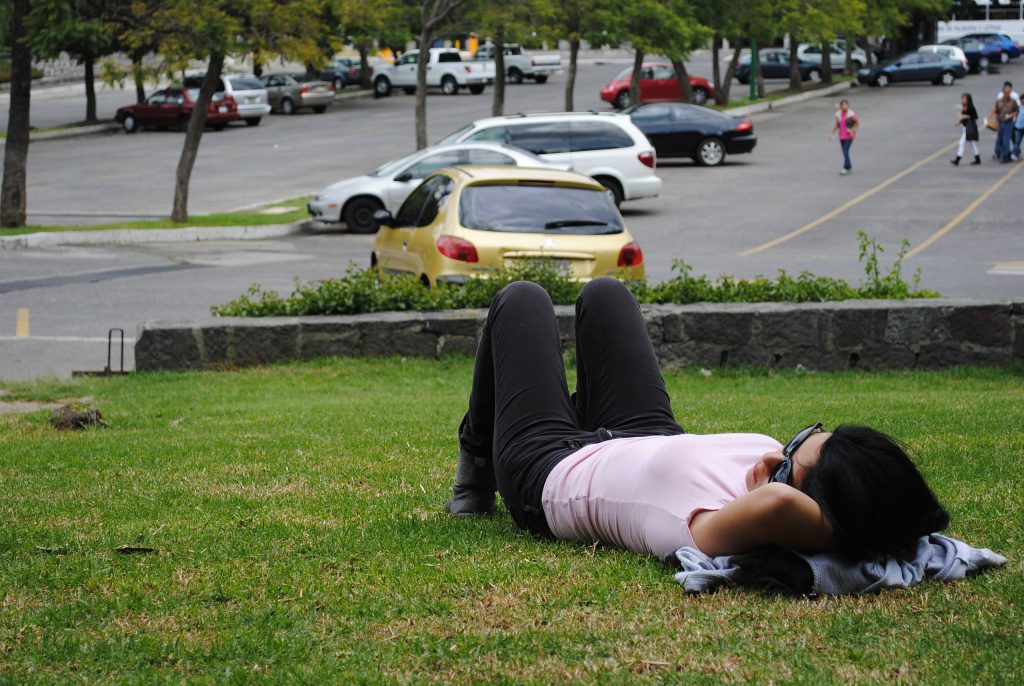91 Adolescent Sleep
Martha Lally; Suzanne Valentine-French; and Dinesh Ramoo
According to the National Sleep Foundation (2016), adolescents need about eight to ten hours of sleep each night to function best. The most recent Sleep in America poll in 2006 indicated that adolescents between sixth and twelfth grade were not getting the recommended amount of sleep. On average, adolescents only received 7.5 hours of sleep on school nights, with younger adolescents getting more than older ones (8.4 hours for sixth graders and only 6.9 hours for twelfth graders). For the older adolescents, only about 1 in 10 (9 percent) get an optimal amount of sleep, and they are more likely to experience negative consequences the following day. These include feeling too tired or sleepy, being cranky or irritable, falling asleep in school, having a depressed mood, and drinking caffeinated beverages (National Sleep Foundation, 2016). Additionally, they are at risk for substance abuse, car crashes, poor academic performance, obesity, and a weakened immune system (Weintraub, 2016).

Why don’t adolescents get adequate sleep? In addition to known environmental and social factors, including work, homework, media, technology, and socializing, the adolescent brain is also a factor. As adolescents go through puberty, their circadian rhythms change and push back their sleep time until later in the evening (Weintraub, 2016). This biological change not only keeps adolescents awake at night, it makes it difficult for them to get up in the morning. When they are awake too early, their brains do not function optimally. Impairments are noted in attention, behaviour, and academic achievement, while increases in tardiness and absenteeism are also demonstrated.
To support adolescents’ later sleeping schedule, the Centers for Disease Control and Prevention recommend that school not begin any earlier than 8:30 a.m. Unfortunately, over 80 percent of American schools begin their day earlier than 8:30 a.m., with an average start time of 8:03 a.m. (Weintraub, 2016). Psychologists and other professionals have been advocating for later school times, and they have produced research demonstrating better student outcomes for later start times. More middle and high schools have changed their start times to better reflect sleep research. However, the logistics of changing start times and bus schedules are proving too difficult for some schools, leaving many adolescent vulnerable to the negative consequences of sleep deprivation.
Media Attributions
- Figure 6.7: Adolescents often do not get enough sleep. © ProtoplasmaKid is licensed under a CC BY-SA (Attribution ShareAlike) license

